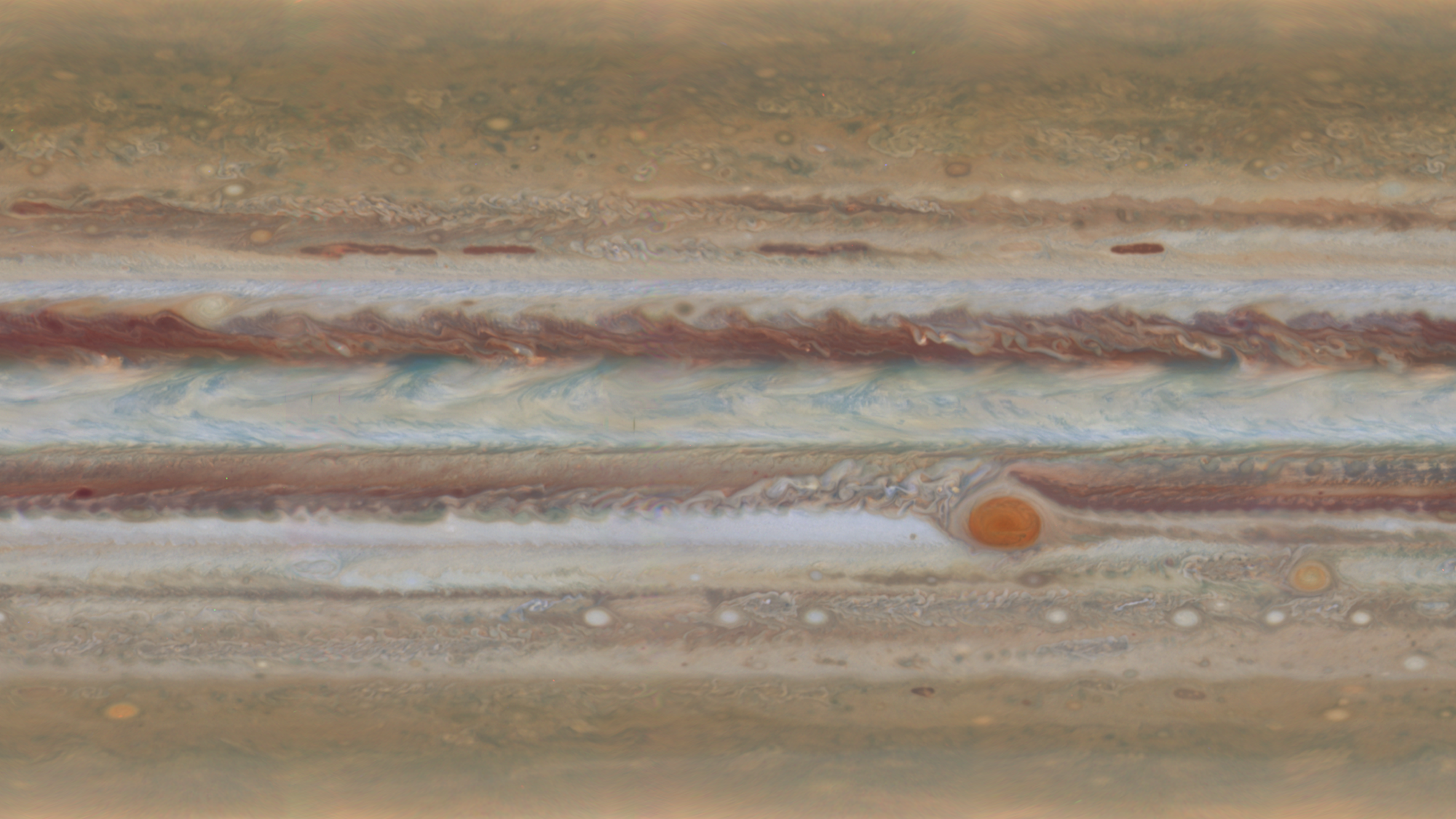
Jupiter's iconic feature, the Great Red Spot (GRS), has been shrinking for over a century. This massive anticyclonic storm, located in Jupiter's southern hemisphere, is known for its reddish hue and wind speeds exceeding 200 miles per hour. The GRS spans more than 10,000 miles across and has fascinated astronomers for centuries due to its mysterious origins and size.
Recent studies suggest that interactions with smaller, transient storms might play a critical role in modulating the size of the Great Red Spot. Caleb Keaveney led a team of researchers from Yale University, North Carolina State University, and the University of Louisville to investigate this phenomenon using 3D simulations.
The findings indicate that these smaller storms may be starving the Great Red Spot by blocking its access to essential nutrients. The research was published in the Icarus journal.
Historically, observations have noted that while the width of the GRS has remained fairly constant, its length has significantly decreased from 40 degrees of longitude in the late 19th century to just 14 degrees in recent years. This shrinking size could have implications for weather events on Earth, specifically heat domes or blocks.
The Great Red Spot is a high-pressure region that generates a windstorm with counterclockwise rotation. It extends down through the atmosphere to a depth of approximately 300 miles. The storm's rosy color comes from ammonia cloud tops and its size makes it larger than Earth.
The origins of the Great Red Spot remain mysterious, but scientists believe it may have formed due to a disruption in the wind between opposing jet streams. Some theories suggest that this disruption could have occurred as recently as 200 years ago.
Despite its shrinking size, the Great Red Spot remains an intriguing feature of Jupiter's atmosphere and continues to captivate scientists and enthusiasts alike.




